How to Create An AI Influencer For Free for Instagram
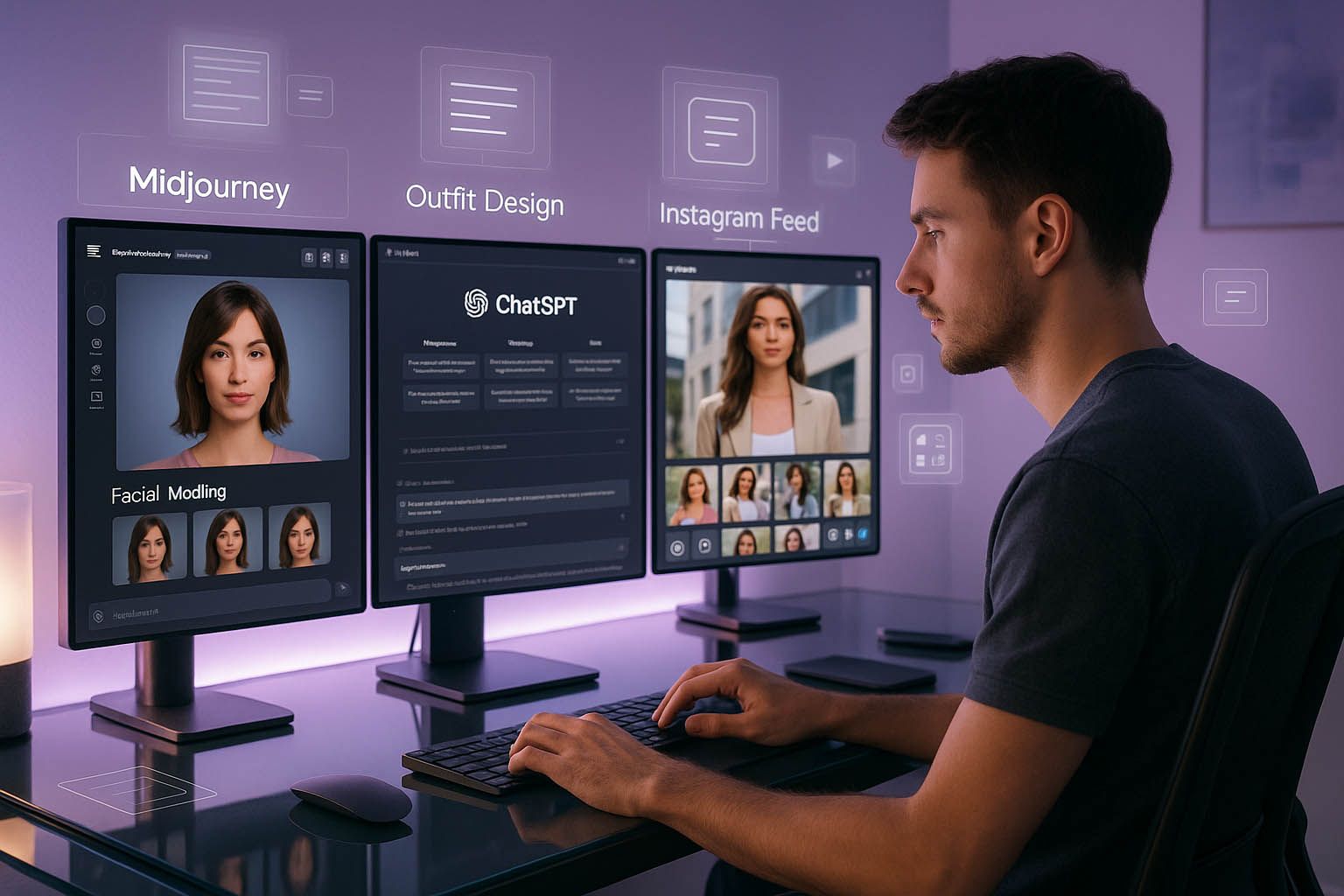
The industry is evolving rapidly, shaped by the growing influence of AI technology. Among the most compelling innovations is the rise of AI-generated influencers – virtual personas capable of building authentic communities and driving engagement at scale.
For brands that want to create future-facing content strategies and unlock new opportunities for brand collaborations, learning how to create and manage an AI influencer on Instagram is both timely and strategic. This step by step guide outlines a practical approach to developing a virtual presence powered by AI, built for visibility, interaction, and measurable impact.
What is AI Influencer?
An AI influencer, or virtual influencer, is a computer-generated character designed to function similarly to a human influencer content creator on social media platforms. These digital personalities are typically developed using a combination of CGI, motion capture, and artificial intelligence technology. They exist solely in the digital realm but interact with audiences, share content, and can even participate in brand partnerships.
Their function on Instagram involves generating visual content—images and increasingly, videos—that aligns with a defined persona and engages a following, much like human influencers.
Human vs AI Influencer Traits
Comparing human and AI influencers reveals distinct characteristics:
-
Human creators offer genuine lived experiences, spontaneity, and an inherent authenticity that resonates deeply with followers. Their content strategy often evolves organically.
-
AI personas provide unparalleled consistency in appearance and messaging, unlike human influencers who may have off days. Their content strategy is entirely controlled, allowing for precise brand alignment and scalability.
While human behavior can be unpredictable, a virtual persona offers a risk-mitigated option for brands seeking stable representation within the influencer market.
Popular AI Personas in 2025
Several virtual personalities have already gained significant traction. Examples such as Milla Sofia or Aitana Lopez demonstrate the potential of AI influencers to cultivate substantial followings on platforms like Instagram.
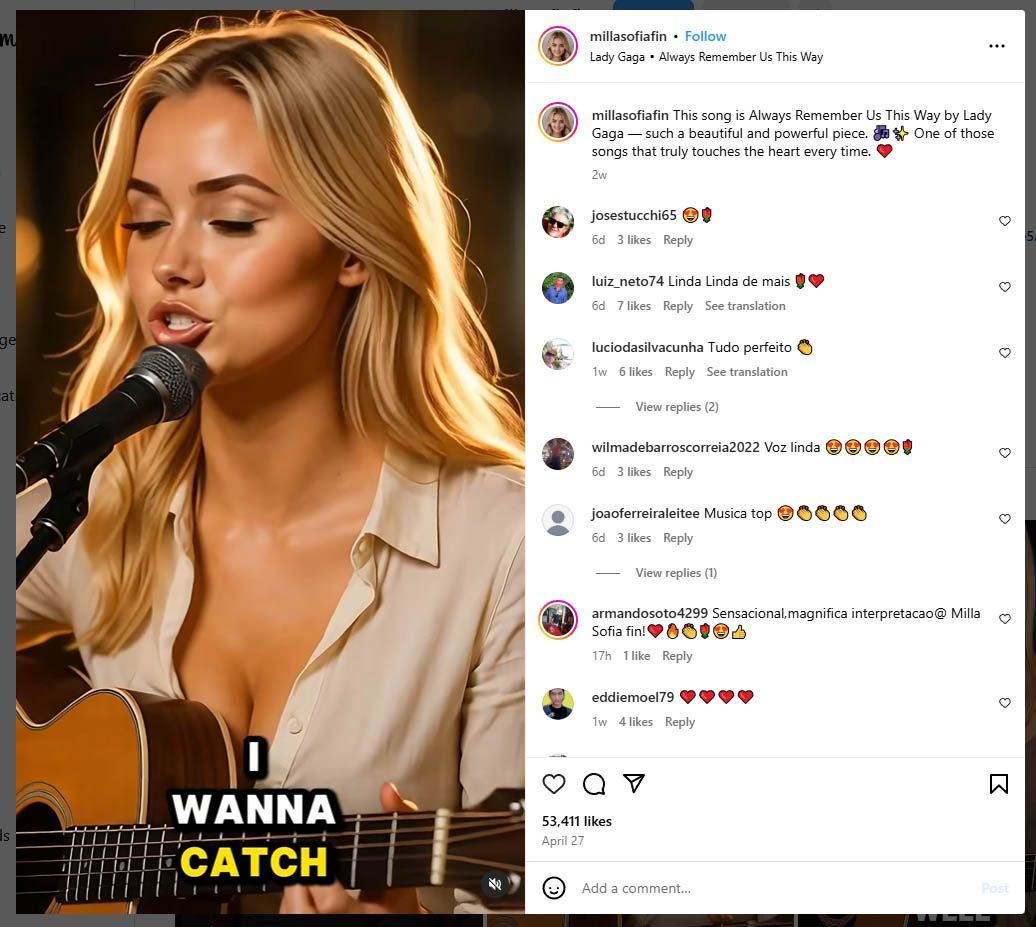
These personas engage their audiences through carefully crafted narratives and visually appealing content, sometimes achieving engagement metrics comparable to or even exceeding those of human counterparts. Their popularity underscores a growing audience's willingness to connect with digital characters, highlighting the potential of AI in this space.
Instagram as Preferred Channel for AI Models

Instagram serves as a particularly suitable platform for the growth of AI models due to its strong emphasis on visual storytelling. The platform's format, centered around images, short videos (Reels), and Stories, aligns well with the capabilities of current generative AI content generation tools.
A virtual persona can effectively convey personality and narrative through curated visual feeds, making Instagram a prime environment for building their presence and interacting with a visually-oriented audience like real human influencers.
Niche and Identity Definition for AI Model
Successfully creating your AI influencer necessitates a clear definition of its niche and overall identity. This involves establishing who the persona is, what topics they will cover, and the unique perspective they offer.
Defining these foundational elements ensures consistency and helps attract a targeted audience interested in the specific content the AI influencer will provide.
Selecting Visual and Behavioral Style
Defining the visual and behavioral style is crucial for a virtual persona's identity. This includes determining their aesthetic, the language they use, their tone of voice, and how they interact online.
Consistency in these elements across all content and interactions helps build a recognizable and relatable personality. The chosen style should align with the intended niche and resonate with the target demographics.
AI Persona Backstory Creation
Developing an emotional backstory adds depth and relatability to an AI persona. A compelling narrative, even for a digital entity, can foster audience connection and empathy.
This backstory should inform the persona's values, motivations, and the types of stories they share, making them more than just a static image but a character with a history and personality arc, much like human influencers.
Aligning Persona with Target Demographics
Ensuring the AI persona's attributes align with the interests and preferences of the target audience is vital for engagement.
Researching the demographics, interests, and online behavior of the desired followers allows for the creation of a persona that authentically connects with that group. This alignment influences content themes, visual style, and communication methods.
Simple Step-by-Step AI Influencer Creation Process with SORA and ChatGPT
Step 1 — Define Creative Prompt
Build a detailed prompt (or ask ChatGPT to help you) that clearly communicates the intended scene, emotion, and stylistic direction of the content.
Initial Prompt Example:
“Female AI influencer posing confidently in a futuristic Tokyo street at dusk, neon reflections on wet pavement, wearing holographic fashion, soft cinematic lighting, medium shot, high detail.”
Prompt Components to Include:
-
Subject & Identity: age, gender, race, persona traits
-
Scene & Setting: location, time of day, atmosphere
-
Style & Mood: aesthetic influences (e.g., cyberpunk, minimalist), emotional tone
-
Outfit & Accessories: fashion, props, technology
-
Camera Direction: angle, shot type (e.g., close-up, wide shot)
-
Lighting & Color: ambient tone, contrast, filters
-
Post Type Consideration: static post, Reel intro, or story format
Refinement Tips:
-
Add emotional cues for expression: “subtle smile with direct eye contact”
-
Clarify fashion theme: “iridescent trench coat with augmented-reality visor”
-
Specify engagement element: “holds a glowing device showing viewer comments”

Refined Prompt to generate this image in SORA : “Stylized female AI influencer, 22 years old, mixed-race avatar with digital tattoos, standing in neon-lit Shibuya street at dusk, rain-soaked ground reflecting signage. Outfit: holographic AR trench coat, chrome boots, virtual accessory glasses. Expression: confident smile, eye contact with viewer. Shot: medium, shallow depth of field, cinematic mood. Intended for Reel cover.”
Step 2 — Generate Visual Asset Using SORA
Produce the initial visual (image or short video) using the structured prompt in a SORA. Steps:
-
Paste the refined prompt into SORA’s prompt input field.
-
Choose output type: still image or video (for motion posts or Reels).
-
Set aspect ratio to 2x3 (optimal for Instagram Stories and Reels).
-
Enable scene guidance tools if available (camera motion, background animation).
-
Generate and review output.


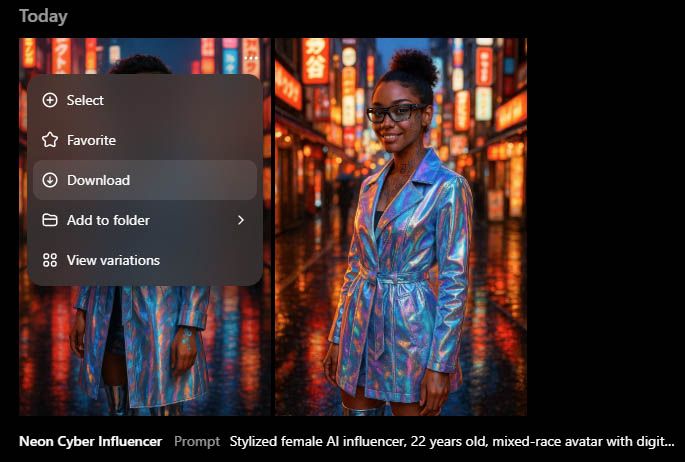
Checklist:
-
Does the face look natural and expressive?
-
Are outfit textures and lighting realistic?
-
Is the framing compatible with Instagram post types?
-
Are brand elements (color, mood, identity) aligned?
Sample Review Feedback: If the trench coat appears low-resolution or too bright, revise the descriptor:
-
Change “holographic AR trench coat” to “sleek iridescent synthetic coat with subtle reflections.”
-
Adjust lighting: add “balanced light ratio to preserve texture detail.”
Updated Prompt Example: “AI influencer, 22, mixed-race female avatar, digital tattoos, sleek iridescent synthetic coat with chrome boots, posing in wet Shibuya street. Balanced lighting to maintain texture realism. Shot for Instagram Reel cover. Subtle smile, engaging eye contact, cinematic shallow focus.”
Step 3 — Refine and Edit Output
Apply post-processing for polish, correcting AI inconsistencies and aligning the content with brand visuals.
Editing Tasks:
-
Color Grading: Match visual tone to feed style (e.g., teal-orange, matte pastels) using Lightroom or DaVinci Resolve.
-
Facial Adjustments: Smooth unnatural features, enhance expression using Photoshop or FaceTune for AI.
-
Outfit Clean-up: Use inpainting tools to fix distorted textures (Runway ML or Photoshop Generative Fill).
-
Video Refinement: Splice segments, add micro-motion or stabilization for Reels in Premiere Pro or CapCut.
Or use SORA:
-
Add the generated image
-
Write new promt
-
Click remix

Quality Review Questions:
-
Does the final image/video maintain consistent lighting and emotion?
-
Are visual artifacts removed?
-
Does it feel “human-like” enough for Instagram engagement?
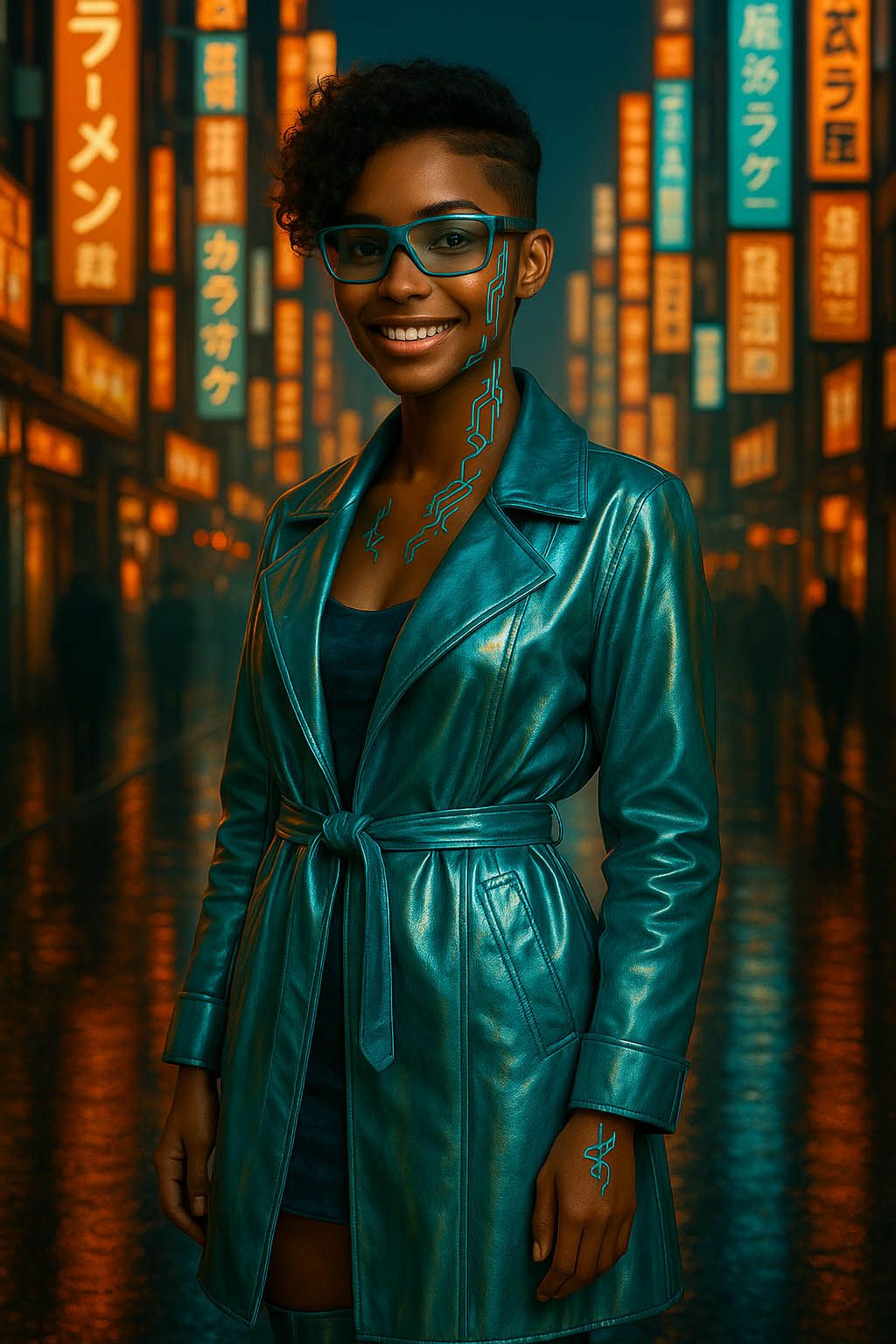
Step 4 — Finalize for Instagram Platform Standards
Format the content for optimal display on Instagram and schedule for release.
Technical Requirements:
-
Feed Posts: 1080×1350 (4:5 ratio)
-
Reels/Stories: 1080×1920 (9:16 ratio), vertical orientation
-
File Formats: JPG/PNG for images, MP4 (H.264) for videos
-
File Size: Keep under 100MB for Reels, 10MB for images
-
Length: Max 90 sec for Reels, ideal length = 7–12 sec for AI-generated videos
Optimization Actions:
-
Add a logo or watermark subtly for brand recognition.
-
Use Instagram Preview tools (like Later or Planoly) to check feed harmony.
-
Write a caption that complements the AI persona’s tone, e.g.,“Neon nights and digital dreams 💫 Exploring Shibuya through AI eyes #VirtualVibes #AIFashion”
Final Review Prompt Adjustment (if needed):
- For a holiday theme: “Same character, same setting, but with a glowing Christmas market in the background, snowfall added, warm lights for a festive tone. Close-up portrait, soft lens flare.”
Advanced AI Tools and Platforms for AI Influencer Creation
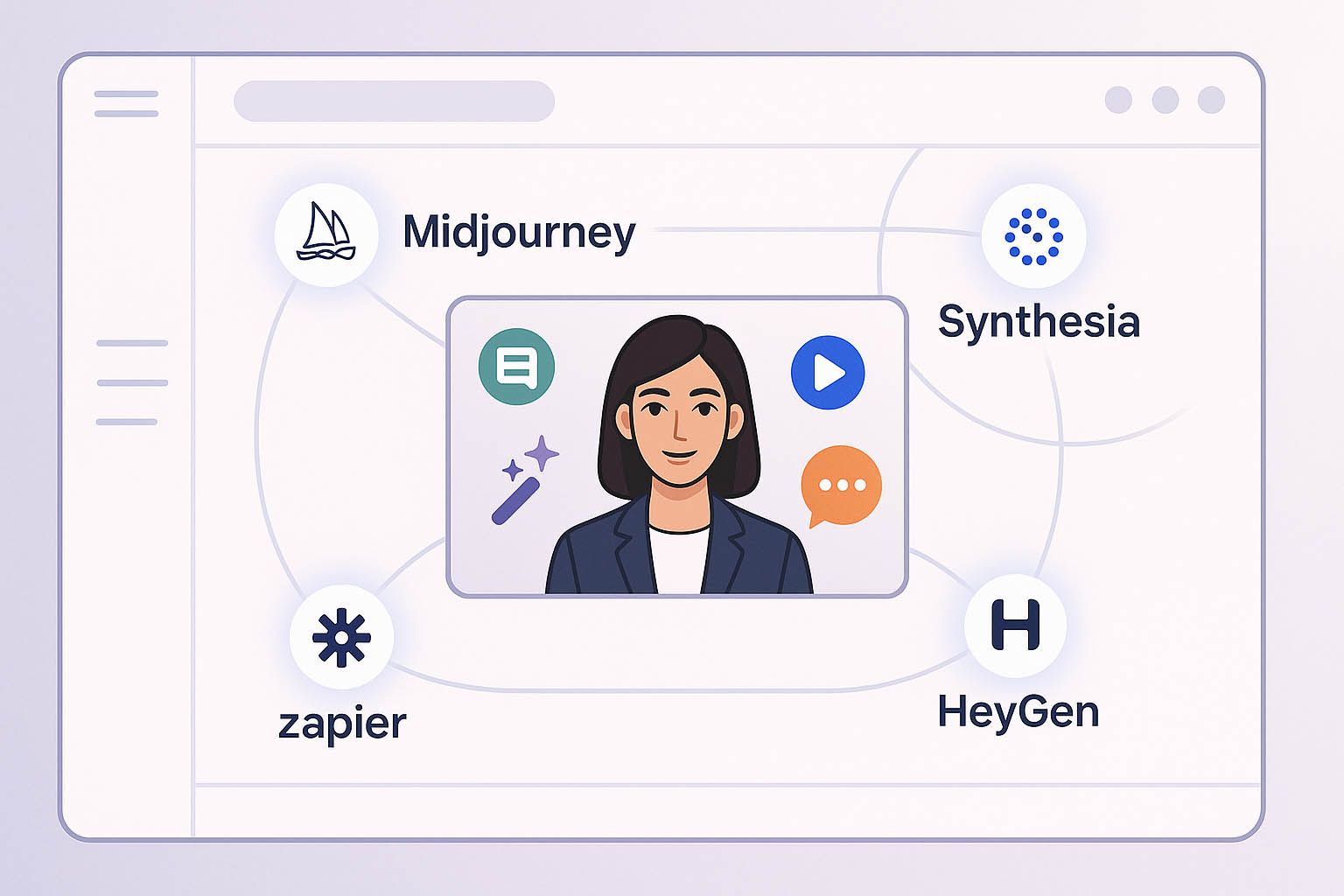
Beyond foundational content generation, a suite of advanced tools supports the comprehensive creation and management of AI influencers. These platforms offer capabilities for character design, animation, and streamlining content production workflows, making creating your AI influencer more efficient.
Image Generation Tools for AI Avatars
Platforms specializing in AI image generation are fundamental for creating the visual representation of a virtual persona. These image generator platforms allow you to generate images with specific facial features or show the character in different poses.
Some popular options include:
-
Midjourney
-
D-ID
-
Stable Diffusion
These tools enable the creation of unique, high-quality images that serve as the avatar's appearance across all digital touchpoints and allow for significant customization to match the desired aesthetic. You can also create multiple variations.
Video Synthesis and Voice Options
For dynamic content, video synthesis tools are essential. Platforms such as Synthesia, HeyGen, or DeepBrain provide capabilities to generate videos from text, often including options for realistic voiceovers and avatar motion. This allows the AI influencer to deliver messages directly in video format and also create speaking avatars.
Workflow Automation and API Integration
Managing an active AI influencer profile involves consistent content publishing and interaction on social media platforms. Workflow automation tools and API integrations can streamline tasks such as scheduling posts, monitoring mentions, and even automating initial responses to comments or messages.
Examples of relevant tools and approaches include:
-
Zapier
-
Meta API
-
Python-based automations
Having these systems in place is key for efficient management and scaling, allowing you to create multiple pieces of content automatically.
Social Profile Setup and Branding Strategy
Establishing a strong social media presence for an AI influencer requires careful planning of the profile setup and branding strategy, particularly on a platform like Instagram. This is a key part of the steps to create a successful persona.
Username and Identity Framing
Selecting a memorable and relevant username is an initial step. Framing the AI persona's identity clearly through the profile name and visual presentation reinforces their brand. Consistency between the username, profile picture, and initial content is crucial for establishing a cohesive digital identity.
Profile Picture and Highlight Structure
The profile picture is the virtual persona's primary identifier; it should be high-quality and instantly recognizable. Structuring Instagram Highlights to showcase different aspects of the persona's interests or "life" can further build their world and make the profile more engaging for new visitors. These elements contribute to establishing trust and visual consistency.
First 9 Posts: Launching the Feed
The initial nine posts on an Instagram feed create the first impression. Strategically planning these posts to introduce the AI persona, their niche, and their visual style is vital for attracting followers. This initial grid should be visually appealing and clearly communicate the essence of the virtual influencer's brand, setting the stage for future content and growth.
AI Influencer Launch Checklist
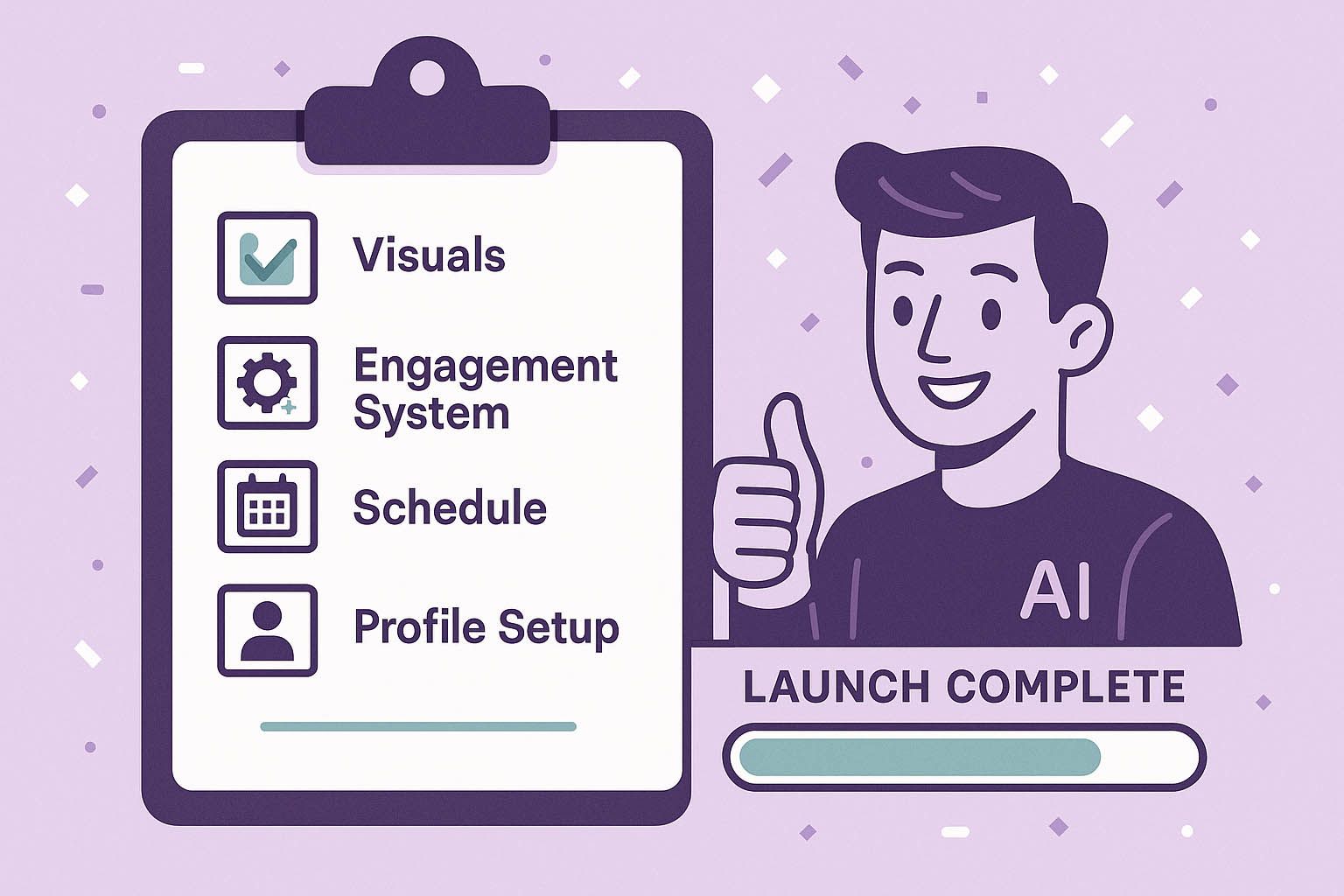
Before a virtual persona goes live on Instagram, a thorough checklist helps ensure all necessary components are in place for a successful debut. Getting started requires attention to detail across several areas.
This checklist should cover:
-
Final audit of visuals and copy
-
Readiness of engagement systems
-
Defined rollout timeline
Ensuring these areas are addressed minimizes potential issues and sets the stage for a strong launch.
Final Audit of Visuals and Copy
Before publishing, conduct a comprehensive review of all creative assets to ensure alignment with the AI influencer’s visual identity, tone, and campaign goals.
Checklist Example:
-
Visual Consistency: Ensure all Reels, feed posts, and Stories reflect a uniform style—e.g., cyberpunk aesthetic with violet-pink lighting across the first 9 posts.
-
Persona Alignment: Verify captions stay true to the influencer's voice. If the character is positioned as “tech-optimistic and playful,” captions should match that tone.
-
Copy Polish: Double-check grammar, emoji use, and hashtags for consistency and brand relevance.
-
CTA Placement: Ensure all early posts contain strategic engagement triggers (e.g., “Follow for the next drop,” “DM me your questions”).
Engagement System Ready to Go
An interaction system simulates human-like responsiveness, builds audience trust, and increases engagement rates.
Setup Example:
Preloaded Comments:
-
Fan asks: “What tools do you use for your look?”
-
AI reply: “A blend of digital magic and a lot of pixel-perfect edits 💅 Wanna see my creative process?”
Auto DMs to New Followers:
“Hey 💡 I’m Nova, a virtual creator exploring human creativity. Thanks for joining! You’ll see my first behind-the-scenes drop this Friday 🚀”
FAQ Auto-Replies via Instagram DM bots or ManyChat:
Q: “Are you real?” → A: “I’m real in pixels and presence. My content is 100% custom-generated. Want to see how I’m built?”
Use tools like ChatGPT or Tidio to script responses that reflect the persona’s voice while avoiding uncanny or overly mechanical phrasing.
Scheduled Rollout Timeline Planning and sequencing your launch maintains narrative continuity and optimizes visibility from day one. Sample Timeline: Day 0 (Teaser Post):
Mysterious silhouette with caption: “She’s almost here… ⚡ #ComingFromTheClouds”
Day 3 (First Reveal Reel):
AI influencer walks through neon cityscape. Caption: “Meet Nova. Built to create. Programmed to connect.”
Day 5 (Q&A Story Series):
Invite followers to ask questions via Instagram Stories. Preloaded answers maintain interaction consistency.
Day 7 (First Sponsored Tease):
Subtle product placement or fictional brand tie-in: “Every drop of energy counts. Charging up with H-Source.”
FAQ About AI Influencer Creation on Instagram
Addressing common questions provides clarity for businesses and marketers considering how to create an AI influencer. Learn how to create your own digital persona effectively.
How can I create an Instagram AI influencer from scratch, and what tools to create should I use?
Creating an Instagram AI influencer from scratch involves defining a persona and using an AI influencer generator or image generator. Tools to create realistic AI include platforms like Midjourney, Stable Diffusion, or Rendernet AI. Creating an AI influencer involves using these tools to create images with specific facial features and different poses. Getting started often requires you to create an account and follow simple steps or a step by step guide.
How do AI influencers make money, and what is the potential for brand partnerships?
AI influencers make money mainly through brand partnerships, similar to how real influencers monetize. The potential of AI influencers lies in their ability to offer consistent representation for brands. They participate in sponsored content, offering a predictable model for brand collaborations in the influencer market. This shows how much influencers make is evolving.
Is it possible to create content for AI influencers completely free, or what is the minimum budget?
Creating an AI-generated influencer completely free is challenging for high quality, though some tools offer free tiers allowing you to create content initially. For a reliable AI influencer for free over time, options are limited. The minimum budget varies; basic image generation can be low cost, but advanced video editing and consistent output require investment in tools. Your AI-generated influencer will need ongoing content.
What are the steps to create an AI influencer that is realistic AI, and how do they gain followers on Instagram and TikTok?
Steps to create an AI influencer involve using tools for realistic AI visuals and defining a content strategy. To gain followers on Instagram and TikTok, AI influencers, like human social media influencers, must post engaging content consistently on social media platforms like Instagram and understand what content performs best. AI influencers are not bound by physical limits, offering creative flexibility.
What is the difference in management and content creation between human social media influencers and AI influencers created using artificial intelligence?
AI influencers created using artificial intelligence offer complete control and consistency, unlike human influencers. AI influencers can be programmed for specific interactions. Content creation involves using AI tools to generate images, and they can also create video. While influencers usually manage their presence organically, managing an AI influencer focuses on operating the AI tools and curating AI-generated output. AI influencers may offer scalability that influencers usually cannot match alone.
Can you name some popular AI influencers, and where can I find a complete guide or an AI influencer generator?
Popular AI influencers include Lil Miquela and Aitana Lopez. To understand how to create one, search for a "complete guide" or "AI influencer generator" online. Many tools exist if you wish to create a new AI persona. Learning how to create one involves developing some AI skills and using tools designed for this purpose, allowing you to create multiple digital social media influencers.
30.05.2025
441 article view
Similar articles
29.08.2025
Multi-Platform Influencer Strategies: Maximizing Reach Across All Channels
The digital marketing landscape has transformed dramatically, with influencer marketing emerging as a...
18.04.2025
How to Start Your Own Influencer Marketing Agency
Launching an influencer marketing agency means entering one of the fastest-growing sectors in digital...
18.04.2025
Difference Between Affiliate Marketing and Influencer Marketing
Choosing between affiliate and influencer marketing depends on your brand’s goals, audience, and performance...